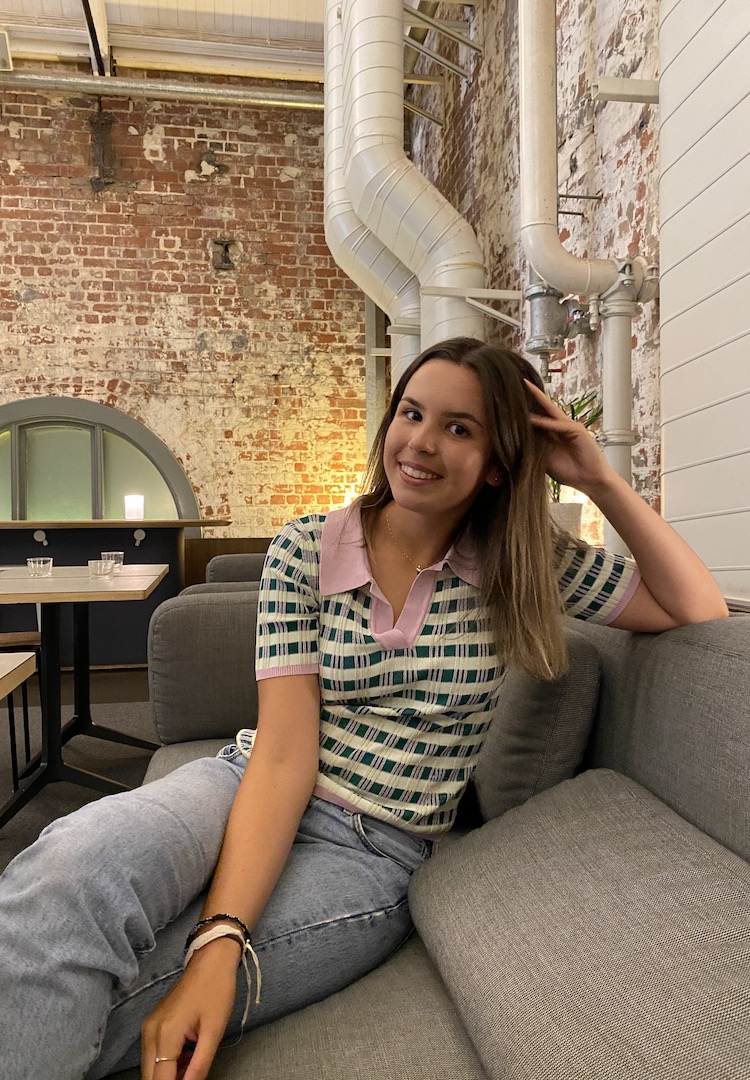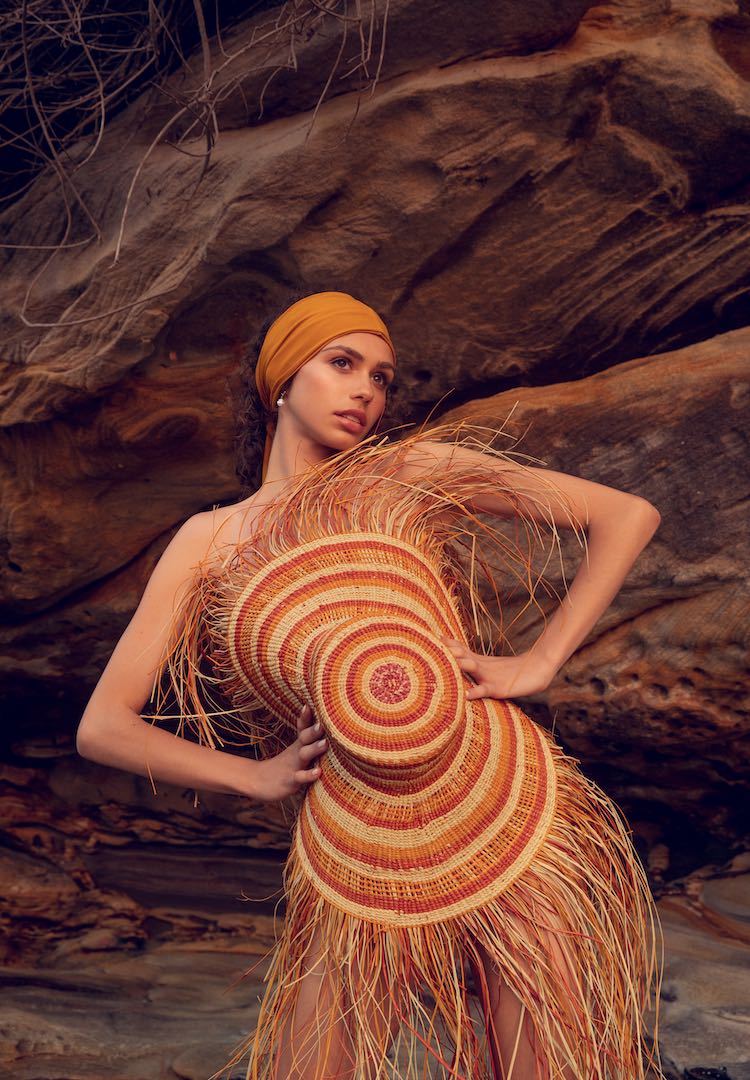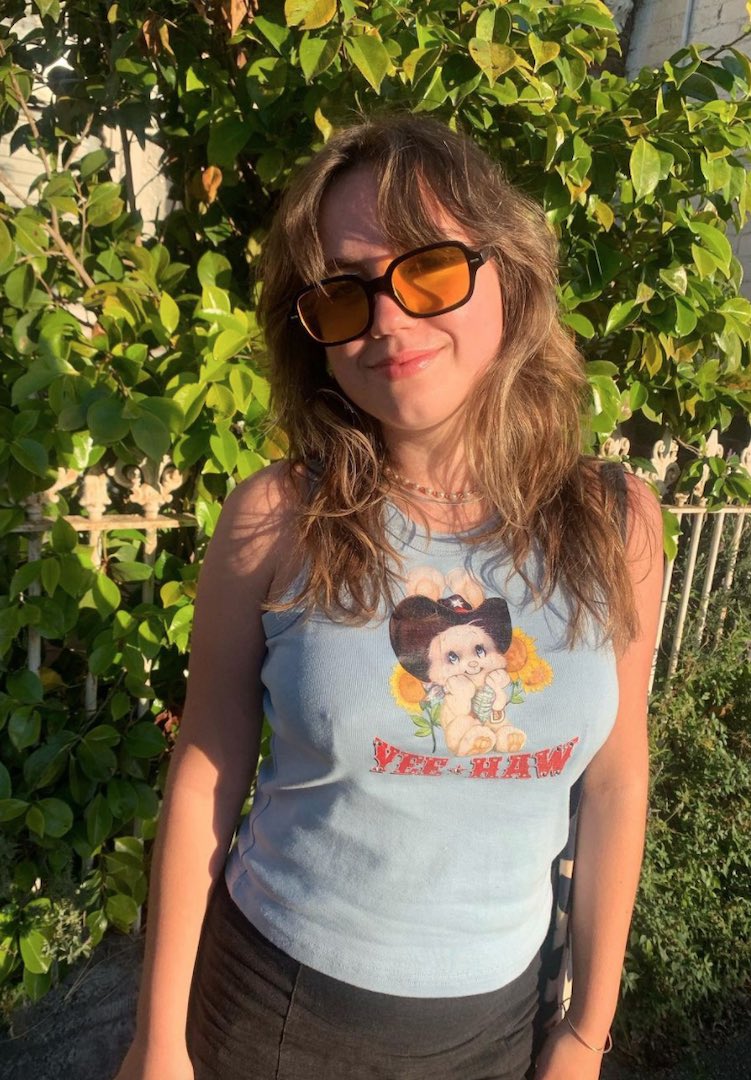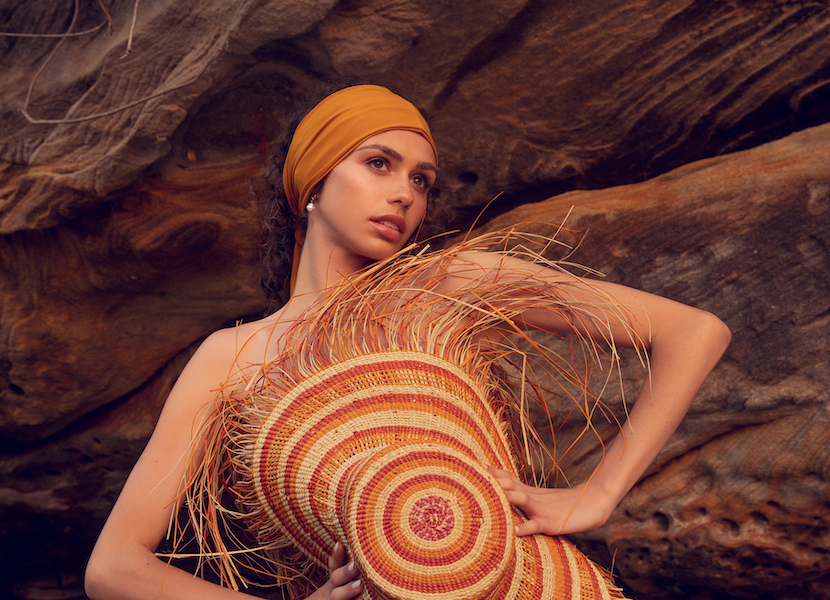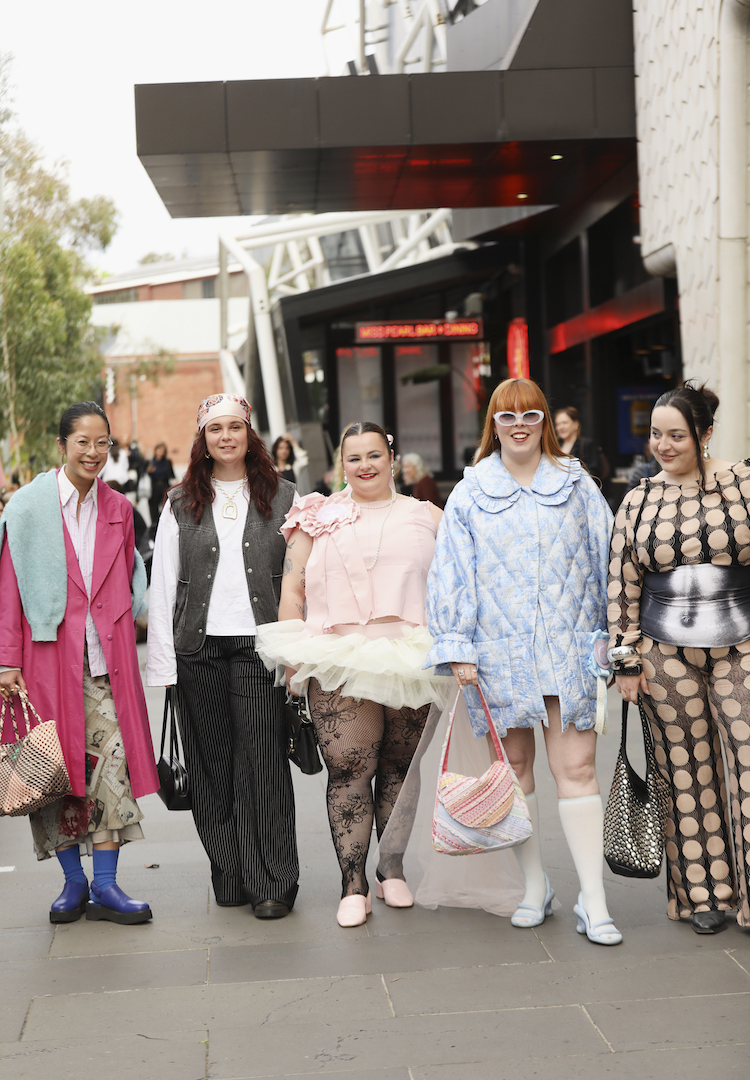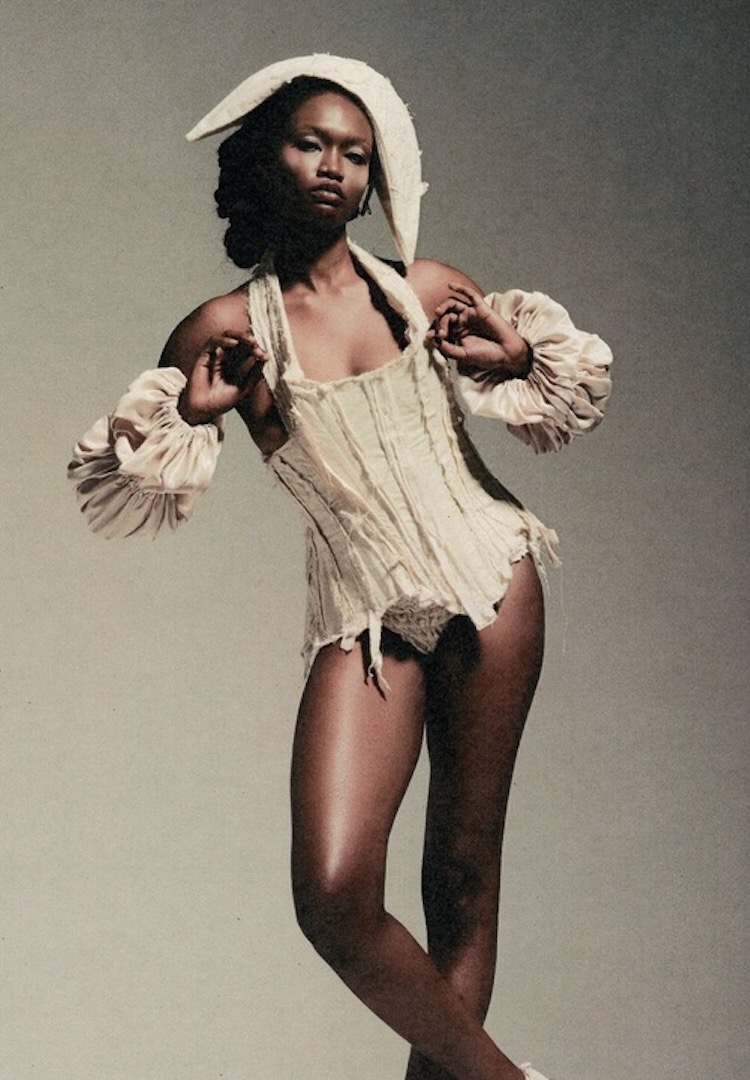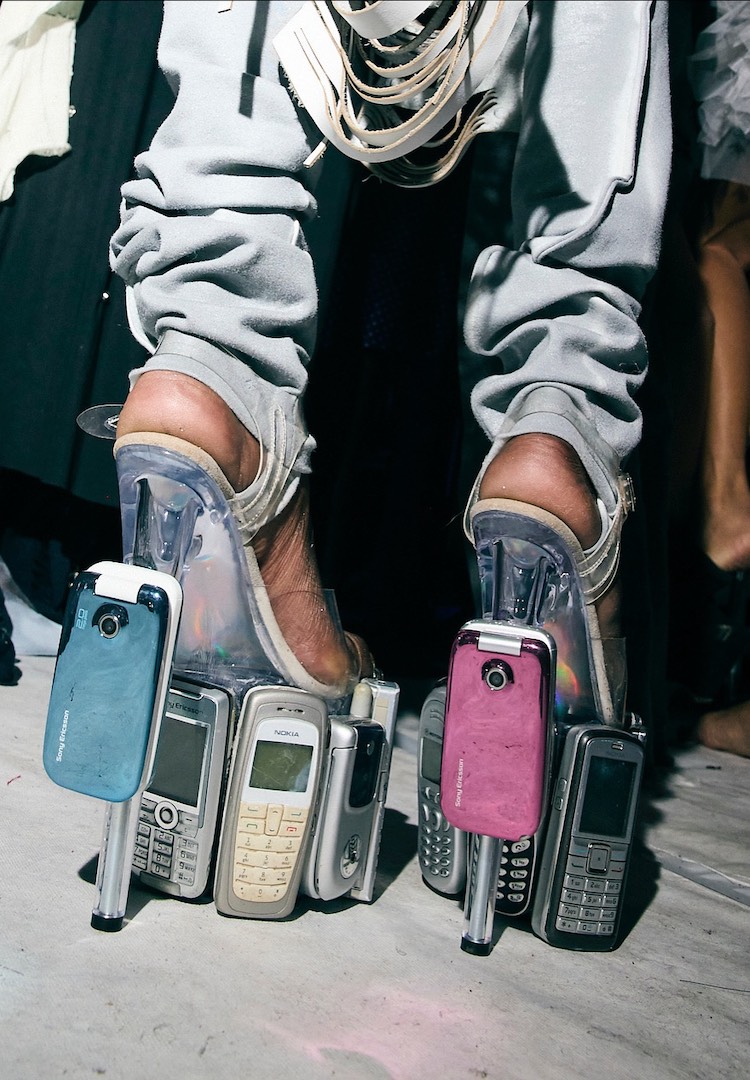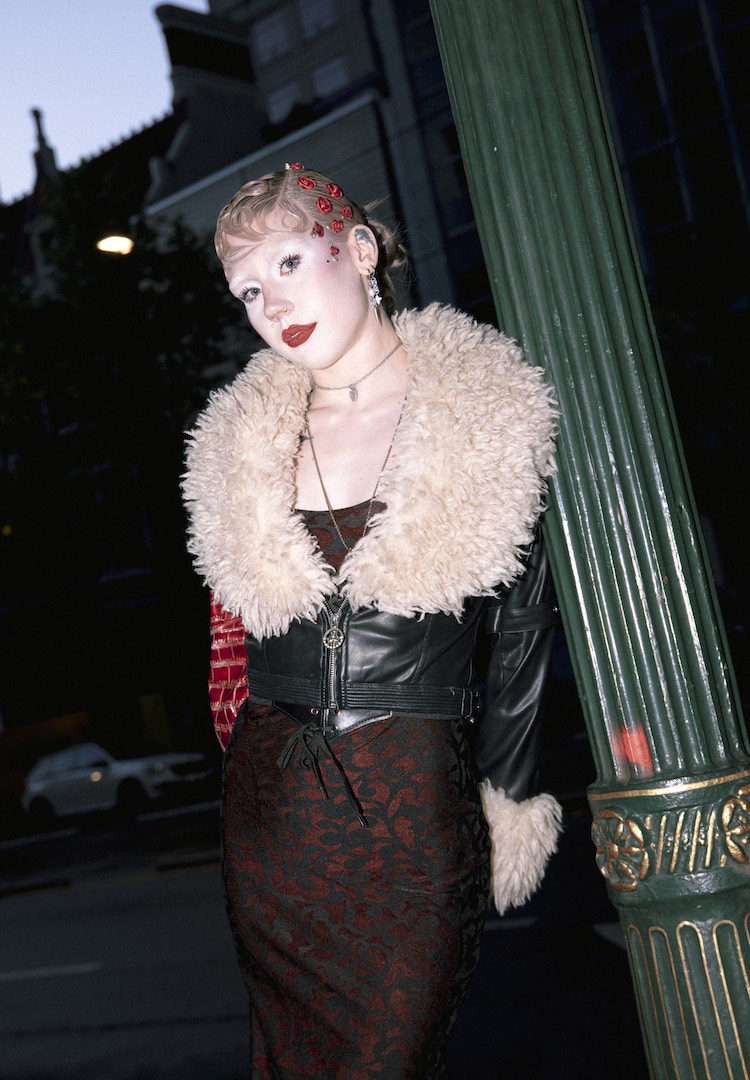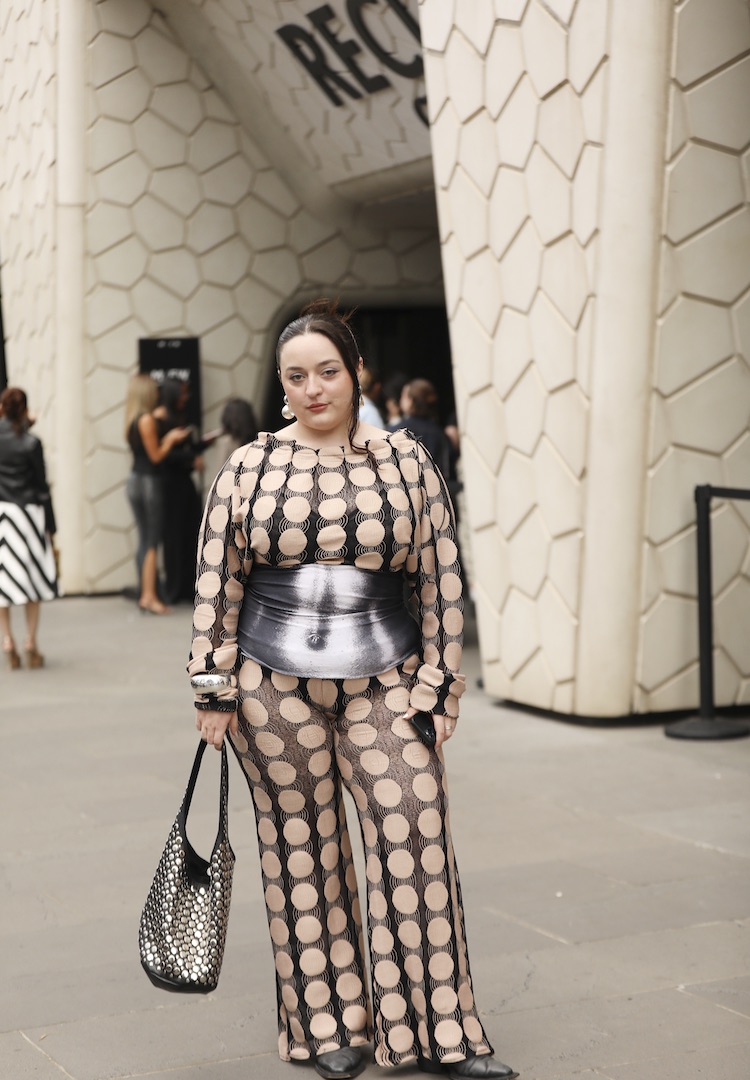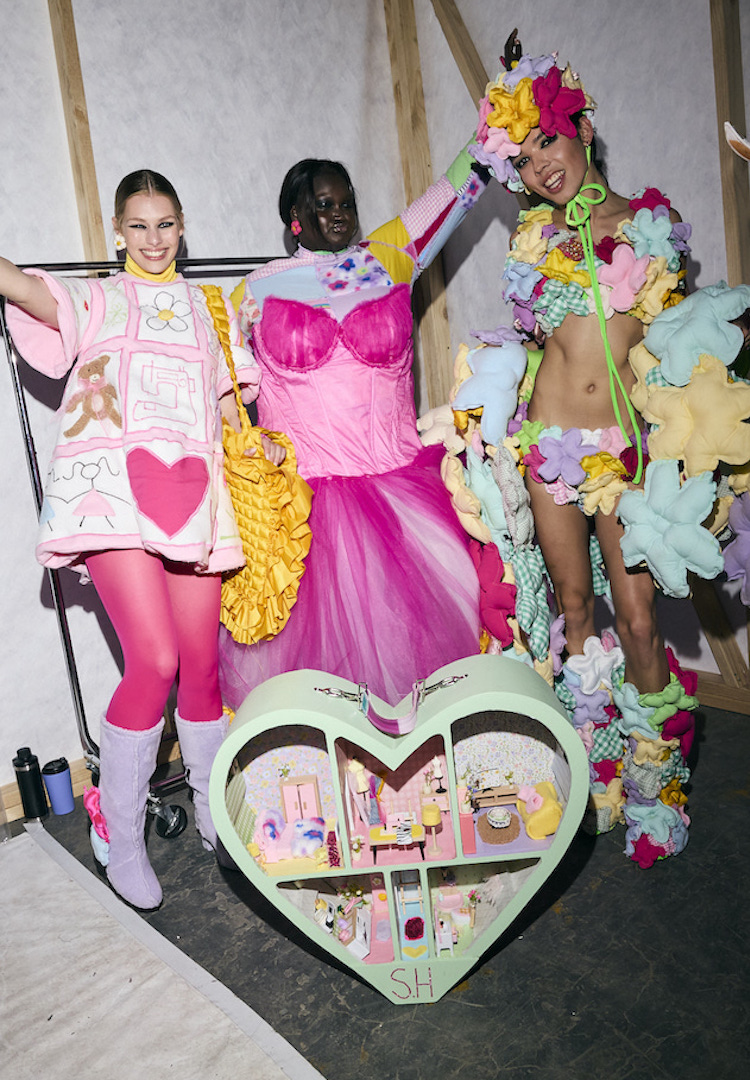Unpacking the importance of First Nations weaving practices to Australian fashion
PHOTOGRAPHY BY Cybele Malinowski
WORDS BY SANCIA RIDGEWAY
Melbourne Fashion Week’s 2021 program features many First Nations creators who are keeping the art of weaving alive.
This year at Melbourne Fashion Week (M/FW) there is an incredible array of Indigenous fashion designers, artists and stylists. This year has a particular focus on weaving and its cultural significance, not just to Indigenous people but to the Australian fashion industry as a whole.
Traditionally, weaving was (and still is) used to create baskets, nets and more practical forms of clothing, but it was also used as an art form. Many Indigenous artists in this year’s program combine both forms to create intricate bespoke pieces.
For more style suggestions, head to our Fashion vertical.
A highlight of the 2021 program is the capsule series presented by Creative Victoria which incorporates many aspects of Indigenous culture, art and design, including weaving. These interactive capsules are a series of eight exhibitions that are scattered across the city of Melbourne, encouraging their audiences to engage with fashion in new ways.
Capsule Four explores the theme of Country and Australia’s rich Aboriginal and Torres Strait Islander cultural heritage. The collection features works from Aunty Beverly Meldrum, Black Cat Couture in collaboration with Papulankutja Art Centre, Iluka Sax-Williams, Jalaru Photography, Moydra Designs, Ngali, Paul McCann and Tiwi Designs by Ossom and Wild Blak Arts.
Wild Blak Arts, one of the brands featured in the capsule, is part of a growing movement that’s keeping the practice of weaving alive. Founded by master weaver Cassie Leatham, it serves as a creative hub of culture and knowledge. Cassie is passionate about sharing her weaving skills with both Indigenous and non-Indigenous people and believes it can help people better understand Aboriginal culture.
Cassie is from the Taungurung people of the Kulin Nation and she explores and represents her culture through her art and weaving and also runs a range of resources and workshops that aim to educate those interested in understanding more about Indigenous culture and practices.
She uses native grasses, feathers and clay to create garments, headpieces and ornamental creations. One of her most well-known artworks, purchased by the National Gallery of Victoria, is her Tanderrum emu skirt made from emu feathers, seeds, nuts and other natural materials.
It’s now widely recognised that the designs and inventions created by Indigenous Australians are complex and innovative. Many of the woven objects are mechanical and almost scientific. By observing the world around them Indigenous people created baskets that caught and trapped sea life in an efficient and ingenious way.
This innovation is still honoured by Indigenous artists today who experiment with a range of materials. Another artist featured in Capsule Four, Aunty Beverly Meldrum, is a Wirangu artist who used fishing net materials to create her most recent woven art series, Found Treasures. The series features a necklace and a breastplate that has been formed out of a fishing net, kelp, metals and gold.
Aunt Beverly opted to use these recycled materials as a way to represent her interest in the ocean, sustainability and her connection to and care for Country. What’s particularly special about Capsule Four and the Indigenous artists and designers’ exhibitions is the showcasing of such long-standing history and knowledge. Many of the pieces that are created through the practice of weaving contain incredible amounts of knowledge and cultural connection.
Weaving is a part of Indigenous culture that’s used in ceremonies and holds great significance within the community. Now, many Indigenous artists use this art form to create that sense of awe within their artworks and to represent their connection to spirituality and ceremony.
This gives a lot of the artists and designers’ work a deeper purpose and meaning, something the fashion industry is taking notice of. This type of meaningful design is a powerful antidote to trend-driven fast fashion, and increasingly consumers are looking to spend their money with small, local designers and artists, like those featured in Capsule Four.
Each woven work in the capsule has a story to tell of history, sustainability, spirituality and culture – and of the significance of weaving to Australian fashion and Indigenous culture.
The presence of these artists and designers at M/FW will help to create a better understanding of Indigenous culture as presented by Indigenous artists, stylists and designers, and will allow all of us a glimpse into the bright future of Australian fashion.
To find out more about Capsule Four, head here.

